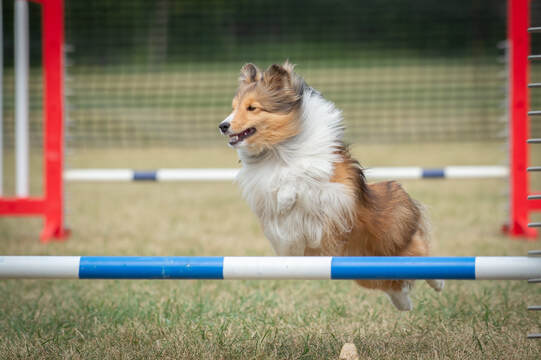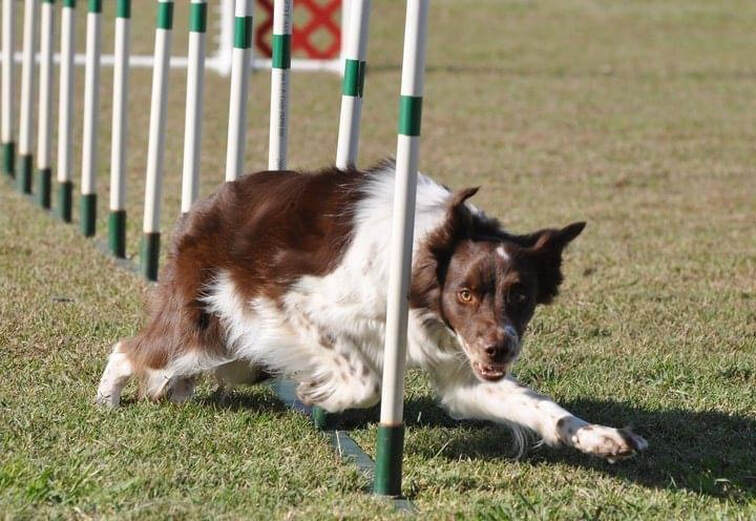|
“Knowledge isn’t power. Applied knowledge is power.” This is a powerful quote by American motivational speaker Eric Thomas, and I couldn’t agree with it more. In last week’s blog, the first of this two-part series, I talked about common, general signs of pain in our dogs and specific pain signs in agility dogs. When we understand our dog’s standard movement patterns, we can start to detect deviations from them. So, now that we know how to recognize these signs in part one (you can read it here), we will dive into what YOU can do as a dog owner to detect these subtle signs of injury SOONER in your agility dog. Let's dive into my top 5 tips:
0 Comments
Dog agility has become the fastest growing dog sport in North American and this growing popularity has led to more research into the physical demands and potential injuries that can occur in the sport. Of all the sports our dogs can compete in, dog agility, is one of the most physically demanding. Dogs are moving at faster speeds than ever before and having to navigate more challenging courses, more complex jumping skills and difficult contact and weave approaches. With these faster speeds and varied physical challenges, the potential for injury can increase.
In this week’s blog we review some exciting and new research that has come to light about the sport of agility and discuss how this research applies to our dogs, our training, and competition. Do you know the best way to treat an injury is to prevent it from happening in the first place? Whenever we do ANY physical activity with our dogs there is a certain amount of risk we take on. Accidents happen, but that doesn't mean we can't be proactive and help to reduce our dog’s chances of getting hurt. So, what can we do as their training partners and biggest advocates to reduce their chance of injury?
In our previous blogs breaking down the sport of agility we took a look at the physical demands and the potential injuries that can occur in the sport. While the physical demands of the sport are high and the injuries our dogs can experience can be frightening, we can still do a lot to prevent an injury from occurring! In Part Three of our agility sport breakdown we take a closer look at injury prevention strategies and the simple things we can do NOW to help our dogs avoid getting hurt in order to enjoy a long sporting career. Let’s take a look at my top injury prevention tips for the agility dog. |
AuthorCarolyn McIntyre Archives
March 2024
Categories
All
|



 RSS Feed
RSS Feed